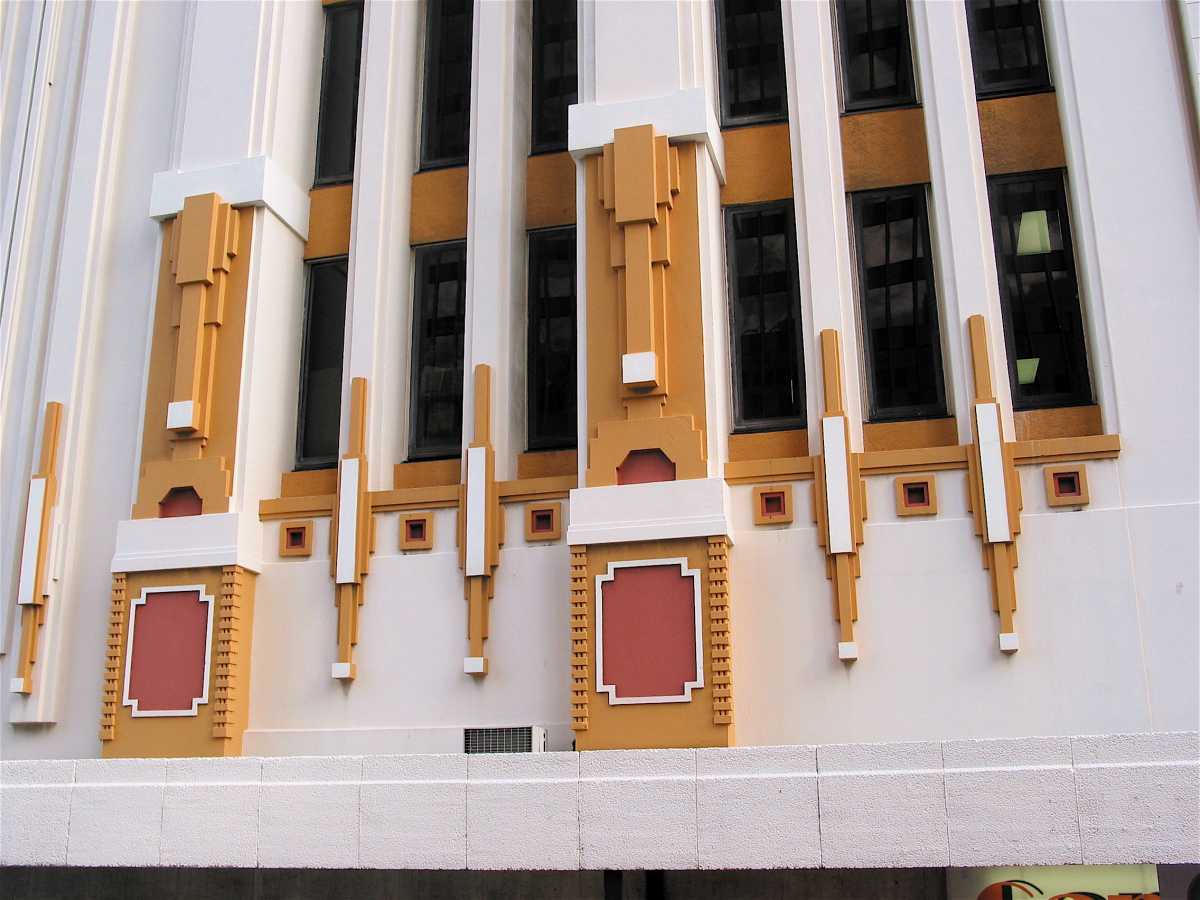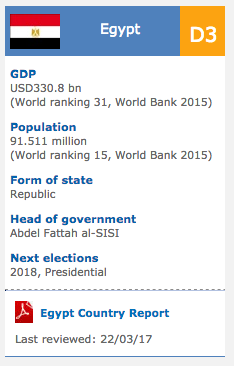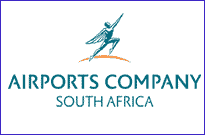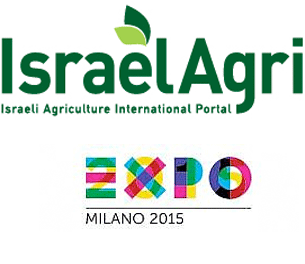South Africa: South Africa Art / Culture Profile
2012/04/04

There is no single Culture of South Africa. As South Africa is so ethnically diverse, it is not surprising that there are vast cultural differences as well.
Sex and gender
Gender issues
South Africa demonstrates significant differences between the experiences of men and women. Cultural attitudes towards women tend to demonstrate inequality. The poorest and most disadvantaged people in South Africa remain black women, and women are disadvantaged in terms of their earning power, their access to education and their employment status. In addition, South African women face cultural chauvinism in other areas: for example, in some traditional southern African cultures, a woman cannot own property.
There is no single Culture of South Africa. As South Africa is so ethnically diverse, it is not surprising that there are vast cultural differences as well.
Main Cultural differences
Because of the legacy of Apartheid segregation, many cultural differences correspond closely to the racial groups defined by Apartheid (Blacks, Whites, Coloureds, Asians). This may change as assimilation progresses, although as of 2004 many cultural differences between Apartheid-defined racial groups persist.
Black people
The country's black majority still has a substantial number of rural inhabitants who lead largely impoverished and simple lives. However, blacks are increasingly urbanised and westernised, and usually speak English or Afrikaans in addition to their native tongue, which may be one of nine Bantu languages with official status since 1994. These include the Nguni languages, Zulu, Xhosa, Ndebele, Swazi, and Tsonga, and the Sotho languages, which include Tswana, Sotho, Northern Sotho and Venda. Cultural differences between speakers from the two language groups are comparable to those between speakers of German and Italian. Many urban blacks speak several indigenous languages, with Zulu being a lingua franca in the Johannesburg area.
Most are Christian, with membership of the Anglican and Roman Catholic churches being strong as is membership of the predominantly black Zion Christian Church, although many still follow traditional beliefs, many often consulting a sangoma. There is a vibrant indigenous culture, with local popular music forms, such as kwaito, locally mixed house while black South African musicians such as Ladysmith Black Mambazo, Mahotella Queens, Miriam Makeba, and Hugh Masekela are well known internationally.
White people
The white minority lead lifestyles similar in many respects to whites found in Europe, North America and Australasia, with sport being immensely popular. The braai (short for braaivleis or barbecue) is another national pastime, epitomised by an old advertising slogan for Chevrolet cars in the 1960s: Braaivleis, rugby, sunny skies and Chevrolet.
Religious beliefs are also strong, with most Afrikaners adhering to the Dutch Reformed Church. Most English-speaking whites are either Anglican or Roman Catholic. Perhaps 90,000 whites are Jewish, with a similar number being of Portuguese origin. There are some Greeks and Christian Lebanese.
Coloured (Mixed-Race) people
The mixed-race Coloureds are, culturally speaking, much closer to whites, especially Afrikaans speakers, whose language and religious beliefs they share, than they are to black South Africans, despite suffering considerable discrimination under apartheid. A small minority of Coloureds, known as Cape Malays are Muslim. Well known members of the community include Springboks rugby union players Chester Williams and Breyton Paulse and jazz musicians Jonathan Butler and Abdullah Ibrahim (also known as Dollar Brand).
Asian people
Asians, (predominantly Indian origin) preserve their own cultural heritage, languages and religious beliefs, being either Hindu or Muslim, and speaking English, with Indian languages like Tamil, Hindi, Telugu or Gujarati being spoken less frequently. Asians were also classed as coloureds during Apartheid and smaller chinese and japanese populations exist in South Africa as well. However, during recent decades, the number of chinese have increased due to the influx of immigrants from mainland China, Hong Kong and Taiwan. During the apartheid era, the japanese received " honorary white status" whereas the chinese did not. This is not correct the Chinese who lived in the country were considered "white". The only people classified as Indian were those whose lineage was solely of Indian descent with no mixing of any kind. This was partially due to the growing economic power of Japan during the 50's and 60's.
Protection of Cultural Rights
The rights of Cultural, Religious and Linguistic Communities are protected in the constitution by the Commission for the Protection and Promotion of the Rights of Cultural, Religious and Linguistic Communities. This is a Chapter 9 Institution which was created by the constitution.
Sex and gender
Gender issues
South Africa demonstrates significant differences between the experiences of men and women. Cultural attitudes towards women tend to demonstrate inequality. The poorest and most disadvantaged people in South Africa remain black women, and women are disadvantaged in terms of their earning power, their access to education and their employment status. In addition, South African women face cultural chauvinism in other areas: for example, in some traditional southern African cultures, a woman cannot own property.
Famous South Africans
Nelson Mandela is perhaps the most famous South African. Other famous politicians include F. W. de Klerk and Steve Biko. From the early 20th century there is also Jan Smuts (who was perhaps South Africa's only international statesman until Mandela). D. F. Malan, Hendrik Verwoerd and J G Strijdom were architects of Apartheid. Perhaps the world's most famous Anglican churchman is Desmond Tutu. Winnie Mandela is loved by some and despised by others, but known by all. Helen Suzman was for years the only "one person, one vote" democrat in parliament.
While South Africa was isolated by the cultural boycott in the 1980s, there are now many well-known South African performing artists and writers. They include playwrights such as Athol Fugard, and satirist Pieter Dirk Uys, actors like Anthony Sher, Hollywood stars like Oscar-winner Charlize Theron, and The Mummy Returns co-star Arnold Vosloo.
In music, the groups African Jazz Pioneers and Ladysmith Black Mambazo have found popularity worldwide. Ladysmith Black Mambazo's collaboration with Paul Simon in 1986 (which resulted in their extreme fame across the world) paved the way for many other South African musicians to gain popularity amongst international audiences, such as Mahlathini and the Mahotella Queens, who popularized mbaqanga music across the world. Two white rock artists of South African origin are Dave Matthews, lead singer of the Dave Matthews Band, and Manfred Mann. Miriam Makeba, a singer who first found fame in the anti-apartheid movie Come Back, Africa, Dudu Pukwana, a gifted jazz musician, and Abdullah Ibrahim (Dollar Brand), being on the wrong side of the colour bar, had to leave South Africa to fully exploit their talents — their music was not played on South African radio. Johnny Clegg and Sipho Mchunu formed the massively successful band Juluka, which went onto gain worldwide fame (as did Clegg's later band, Savuka). The alt-metal group Seether also features two prominent members of South African origin, guitarist and vocalist Shaun Morgan and bassist Dale Stewart and have received considerable play on mainstream radio and music television in the U.S. James Phillips was a prominent liberal rock musician of the 1980s. The J-team also known as the Kings-Kidz, (based out of ridgevale high -johannesburg) are a largely known christian influencial group. formerly run my bev brett, the team traveled to many under privaleged countries introducing christianity.
Writers like Nadine Gordimer and J. M. Coetzee have also found international acclaim, both being winners of the Nobel Prize for Literature. Also, the creator of the popular children's show Thomas And Friends, Britt Allcroft was born in Johannesburg.
Sport
Major sports
Many Sports have a passionate following, although it remains largely divided on ethnic lines and is still largely seen (in the words of a former member of Women and Sport South Africa) as "the domain of men". In 1997, one writer described "massive gender inequalities in the sporting structures of the country, and a strong association between sport and masculinity". The most popular sport among black South African men is soccer, with the national team being nicknamed Bafana Bafana (meaning 'The Boys'). Soccer in the past has tended to be less segregated than white-dominated sports, like rugby union or cricket, though this is no longer the case.
Rugby union is one of the most popular sports in South Africa, which is especially popular among Afrikaners, the Springboks. The Springboks famously hosted and won the 1995 Rugby World Cup, it was their first appearance at the World Cup. The defeat of the All Blacks in the final is remembered as one of the most famous South African sporting moments. The domestic league - the Currie Cup is also played annually, as well as the international Super 14.
Cricket is traditionally popular among English-speaking whites.
After being tainted by associations with apartheid, the Springboks (or 'Boks') have sought to become part of the 'New South Africa', with President Nelson Mandela wearing the Springbok jersey, once only worn by whites, at the final of the 1995 Rugby World Cup.
The country has a number of disabled athletes, most notably the double amputee world record holder at 100 m, 200 m and 400 m - Oscar Pistorius.
South Africa will be hosting the 2010 World Cup Tournament, the first soccer World Cup to be held in Africa.
Food
Cuisine of South Africa
The braai or barbecue is widely popular, especially with whites, and includes meat, especially boerewors or spicy sausages, and mielies (maize) or Mielie-meal, often as a porridge, or pearl millet, a staple food of black South Africans. Pastries such like koeksusters and desserts like melktert (milk tart) are also universally popular. Vegetarianism is becoming widely accepted.
Another favourite among most South Africans is biltong, a form of dried meat usually made from beef or game, and often consumed while watching sporting events. Biltong is extremely popular and is widely loved by people of all cultures.
Indian food like curry is also popular, especially in Durban with its large Indian population. Another local Indian Durban speciality is the 'bunny' or bunny chow, which consists of a hollowed-out loaf of white bread filled with curry. Cape Malay dishes have their origins in Southeast Asia. Bobotie is a popular dish (originating in Europe) which was adapted to suit the Cape Malay palate. It is made from curried lamb, fruit and bread, served with rice, and sosatie, a type of barbecued meat. More recently, Pakistani and Indian restaurants have been opened in major cities by recent immigrants, and provide a more "authentic" South Asian dining experience.
The Portuguese community has also made its mark, with spicy peri-peri chicken being a favourite. The South African Portuguese-themed restaurant chain Nando's now has restaurants in the UK, Canada, Australia, New Zealand, Malaysia and Kenya.
TV and films
Television, which for political reasons was not introduced in South Africa until 1976, is also popular. Traditionally, U.S. programmes have dominated TV schedules. Programmes like The Bold and the Beautiful have been popular with South Africans of all races, but locally produced soap operas or 'soapies' now draw a large audience and are exported all over Africa. The SABC drama series Shaka Zulu, based on the true story of the Zulu warrior King Shaka, was shown around the world in the 1980s, but had to be marketed by a US distributor.
While many foreign films have been produced about South Africa (usually involving race relations), few local productions are known outside South Africa itself. One exception was the film The Gods Must Be Crazy in 1980, set in the Kalahari. This is about how life in a traditional community of Bushmen is changed when a Coke bottle, thrown out of an aeroplane, suddenly lands from the sky. The late Jamie Uys, who wrote and directed The Gods Must Be Crazy, also had success overseas in the 1970s with his films Funny People and Funny People II, similar to the TV series Candid Camera in the US. Leon Schuster's You Must Be Joking! films are in the same genre, and hugely popular among South Africans.
Other notable exceptions are the film Tsotsi, which won the Academy Award for Foreign Language Film at the 78th Academy Awards in 2006 as well as U-Carmen e-Khayelitsha, which won the Golden Bear at the 2005 Berlin International Film Festival.
In 2004, the New South African TV channel (NSAT) began broadcasting on Sky Digital in the UK, thereby reaching the large expatriate community, showing a mix of South African entertainment, films, sport and news coverage.
- South Africa News
-
- SOUTH AFRICA: KPMG's South Africa bosses purged over Gupta scandal
- SOUTH AFRICA: Zimbabwe Election Commission keen to avoid Kenyan situation
- KENYA: Kenya, Nigeria & S. Africa: biggest winners of Google's Africa tech training
- ANGOLA: Submarine cable deployed in Angola to link Africa to South America
- AFGHANISTAN: UNWTO: International tourism – strongest half-year results since 2010
- BOTSWANA: Why governments need to support the financial sector to meet the unserved needs of smallholder farmers
- Trending Articles
-
- CHINA: China welcomes Guinea to take part in Belt and Road Initiative
- CAMEROON: Poor End of Year Results for Cameroon Students
- UGANDA: Ugandan Govt Starts Verifying International Academy Teachers
- AUSTRALIA: Queensland Bauxite Gains State Approval of Mineral Development Work Program
- CHINA: Chinese-supported infrastructure projects change Zambia's landscape
- UNITED STATES: Spotify, Hulu target students with discounted bundle












